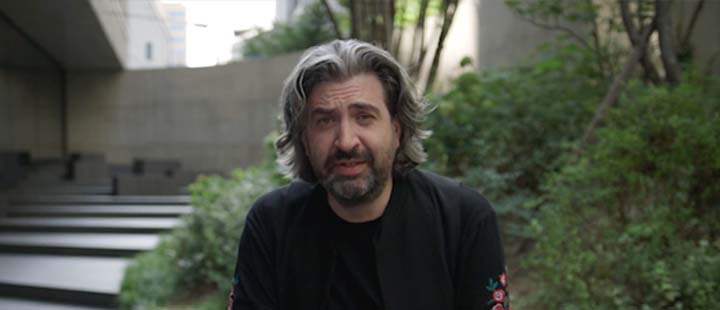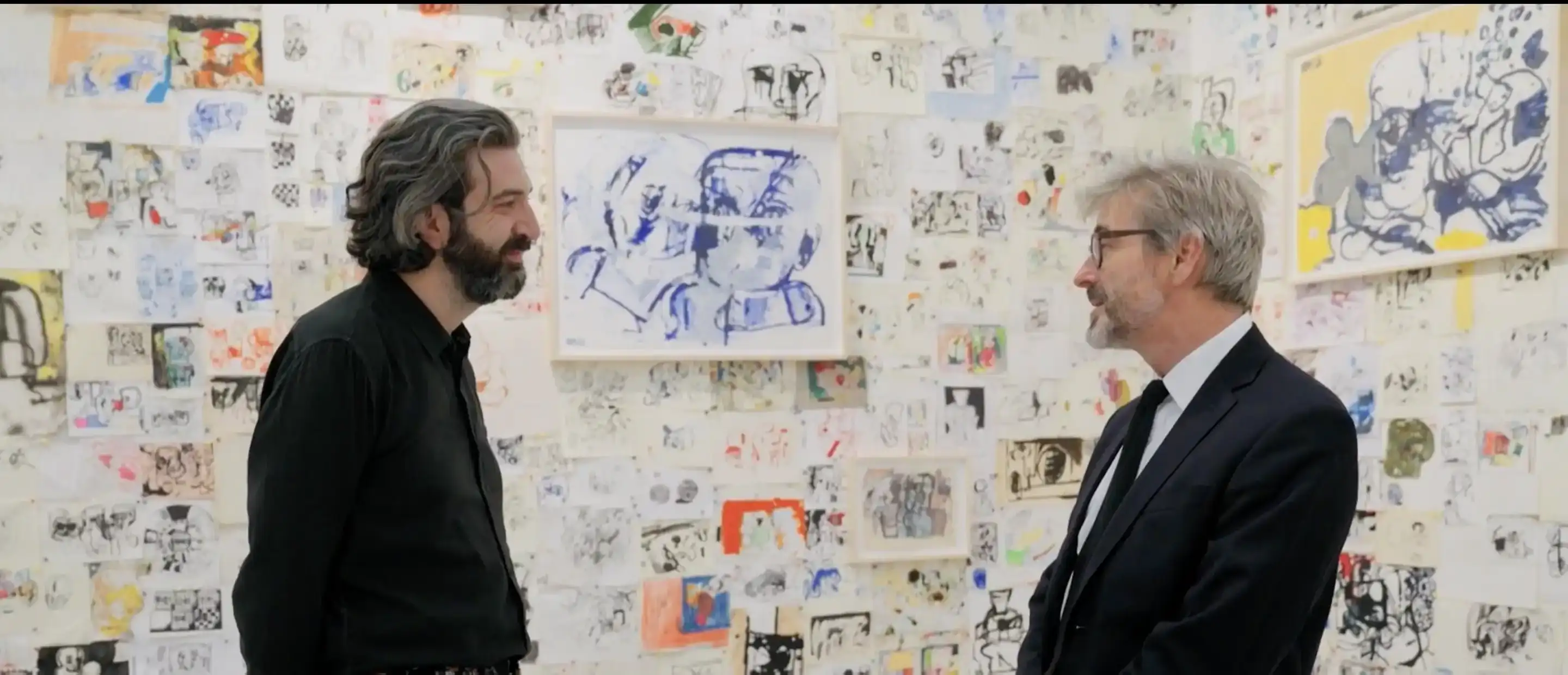The Bulgarian-born artist's final exhibition is open to the public, just a few streets from where he and partner Jeanne-Claude "wrapped the Reichstag" in 1995.
Christo Vladimirov Javacheff was born in Bulgaria in 1935, on the same day as his future wife Jeanne-Claude Denat de Guillebon. The two met in Paris after Christo fled from the Communist Bloc and moved to New York together in 1964. It was the beginning of one of the most famous collaborations in contemporary art. Working together under a single moniker, Christo and Jeanne-Claude, the couple would go on to develop a completely new art form with their often-monumental public wrapping actions, combining land art, sculpture, architecture, painting, performance, and science.
Although Jeanne-Claude passed away in 2009, Christo continued to work on projects that would maintain the couple's tradition of bold, large-scale interactions with the public. He also helped to plan Projects 1963–2020, a retrospective drawn from the collection of Ingrid and Thomas Jochheim and curated by Friedhelm Hütte, Global Head Deutsche Bank Art.
This exhibition is now open at the PalaisPopulaire in Berlin despite the disruption caused by the global COVID-19 crisis. Sadly, Christo died on May 31, two weeks before his 85th birthday.
Sadness and pride: honouring the legacy of Christo and Jeanne-Claude
"We are deeply saddened by the news of Christo’s passing," says Hütte. "He and Jeanne-Claude did not just dream the impossible; they realised it. No building was too high or lake too stormy to stop them from achieving their goals. The temporary works they created all around the world are and will be unforgettable for many people." The exhibition now open at the PalaisPopulaire on Unter den Linden "builds a bridge to the Reichstag only a few hundred metres away," he suggests, "where in 1995 more than five million people gathered to witness the building packed in wonderful silvery, shiny foil."
It was this spectacle that moved Ingrid and Thomas Jochheim to begin collecting works by Christo and Jeanne-Claude – an enthusiasm that would continue for another 25 years and lead them to develop a close relationship with the artists. For Christo and Jeanne-Claude: Projects 1963–2020, they loaned around 70 works – at least one original artwork from every realised project for the period – and are presenting this part of their collection comprehensively for the first time.
A unique retrospective: Christo's final exhibition
On display are works created between 1963 and 2019, including early objects, large-format drawing tableaux, as well as editions and prints. After wrapping everyday objects in foil and binding them with cord – from stacks of magazines to VW Beetles – Christo and Jeanne-Claude increasingly devoted themselves to artistic transformations and accentuations of entire landscapes or architectures. Between 1962 and 2019, twenty-three projects were realized on different continents.
All of the projects were made possible exclusively through sales of preliminary studies, drawings, collages, original lithographs, and editions. Christo and Jeanne-Claude did not accept any kind of funding, either from public or private sources.
"Christo’s drawings are much more than just sketches of ideas, drafts, or construction instructions," says Hütte. "They bear a very individual signature in their lines, hatchings, lighting, and colouring. In addition, the collaged plans, materials, fabrics, and photographs, and the identical acrylic glass covers, make them unmistakable, even unique. And they show what a great draftsman Christo is."
Works such as Reichstag Wrapped also "raised awareness of social and historical processes through veiling," he adds. "Visitors from all over the world came to see it, and as always the effect on the audience was peaceful, cheerful, almost euphoric. The art of Christo and Jeanne-Claude has no claim to permanence. Rather, it thrives on the appeal of unrepeatable eventfulness."
Christo and Jeanne-Claude: Projects 1963–2020. Ingrid & Thomas Jochheim Collection is on display at the PalaisPopulaire until August 17, 2020. Please note that tickets will be issued for specific time-slots only, to limit the number of people in the gallery and ensure minimum social distancing of 1.5m. All visitors will be required to wear a mask to gain entry. For further details, please visit the PalaisPopulaire website here.










